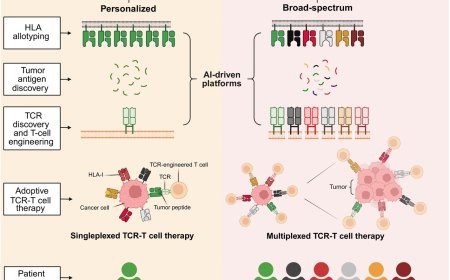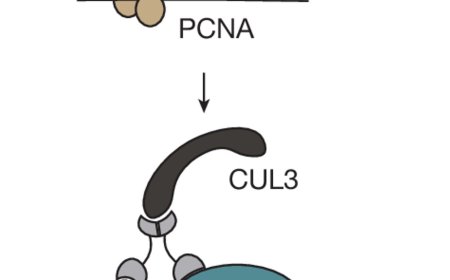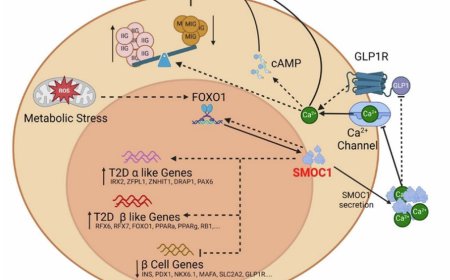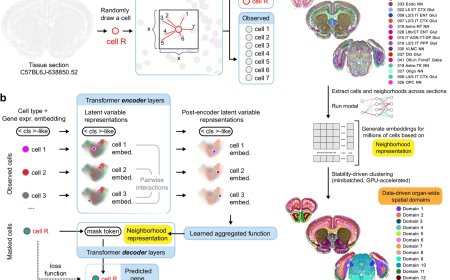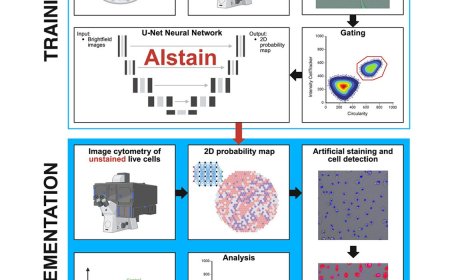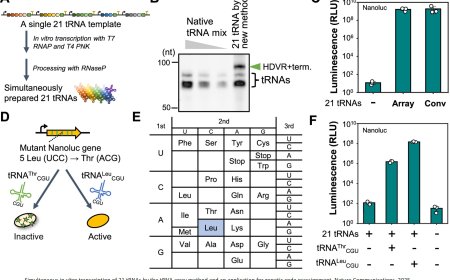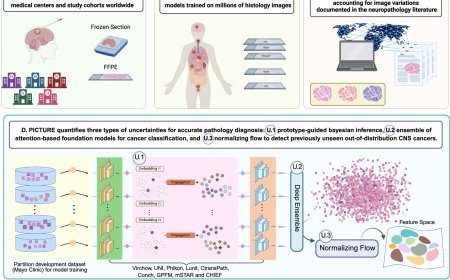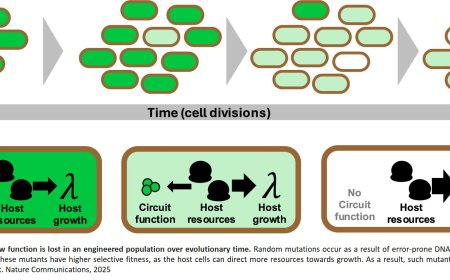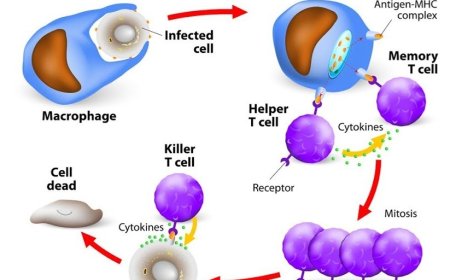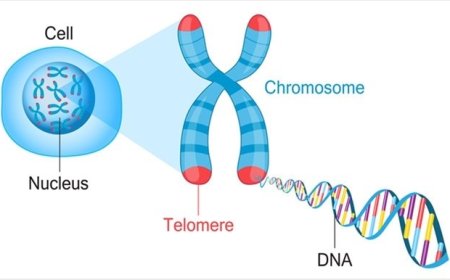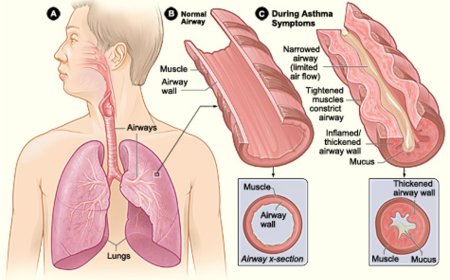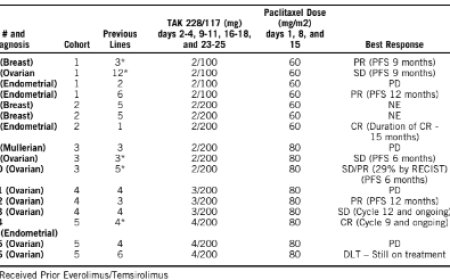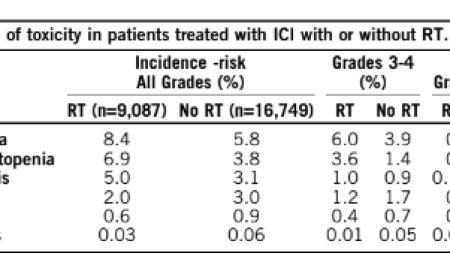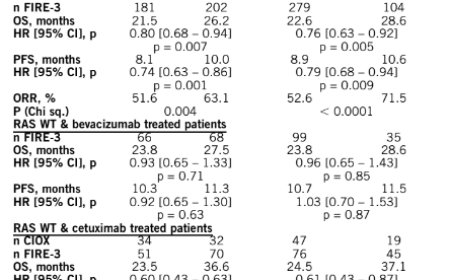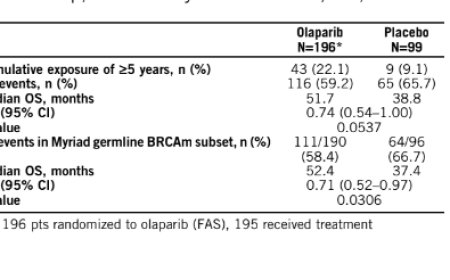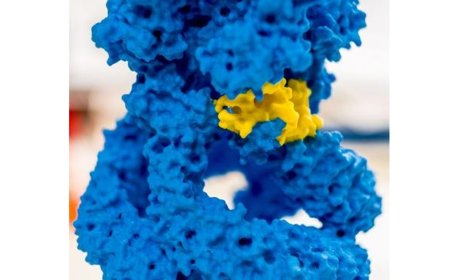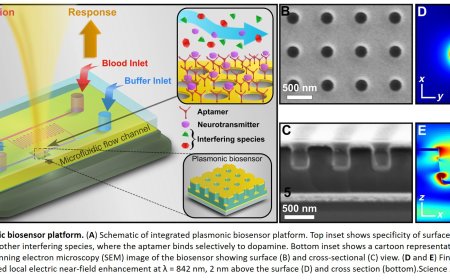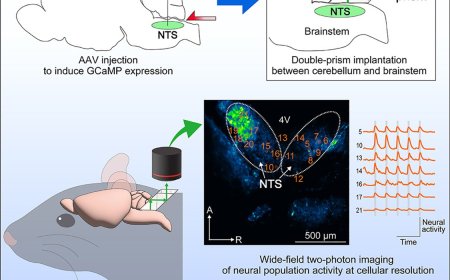EXPLORER total body PET scanner may help detect brain disease

The researchers developed a first-of-its-kind total body scanner EXPLORER is being given yet another new assignment — assessing how cancer, neurodegenerative diseases and other systemic conditions, can affect the brain.
The discovery is leading to a new way to use positron emission tomography (PET) to quantitatively assess the health of a natural protective membrane called the blood-brain barrier (BBB). The study was published recently in Nature Communications.
BBB dysfunction is associated with metabolic syndrome, cancer, neurodegenerative diseases and many other systemic conditions.
“We haven’t had good imaging approaches that can non-invasively assess BBB permeability easily,” said the senior author on the study. “With this technique, we can now use PET with a wide range of radiotracers to help determine BBB health.”
The blood-brain barrier is a selectively permeable barrier that protects the brain from pathogens, cancer cells and other dangers. When healthy, the BBB only allows an elite group of molecules in the brain. However, disease can alter BBB permeability, leaving the brain more vulnerable.
For years, scientists and radiologists have used magnetic resonance imaging (MRI) to investigate BBB permeability. However, MRIs can only measure blood vessel leakage, which is a late indicator. In other words, a disease would have to progress far before blood vessels start leaking.
Previous efforts to measure BBB permeability with PET were successful but quite complicated. PET uses radioactive tracers to image the body, and researchers had to use two tracers — one to detect a specific molecular target and the other to measure blood flow. Unfortunately, blood-flow tracers are hard to get.
“Most flow tracers have a very short half-life,” said the first author on the study. “A hospital would need a cyclotron on site to make the tracer, and that’s an expensive piece of equipment. Many hospitals do not even have this capacity.”
“EXPLORER can produce fast frames of one second or even shorter, which was critical for this study, while other machines may require 10 or even 30 seconds.”
This high-temporal resolution, combined with advanced mathematical modeling, helped make the breakthrough possible, and the payoffs could be enormous. The new technique can detect subtle changes in the transporters that ferry molecules through the BBB, potential early markers for altered permeability and other issues. In addition, the researchers showed they can measure the effects of normal aging on BBB health, as well as how it responds to liver inflammation.
The authors show, in humans, our method can resolve blood-brain barrier permeability across three radiotracers and demonstrate its utility in studying brain aging and brain-body interactions in metabolic dysfunction-associated steatotic liver inflammation.
“This is an enabling technique for us to measure permeability for almost any existing radiotracer, and there are more than a thousand,” said the author. “That will give us a lot of flexibility to really understand what is happening with the BBB before a disease has progressed so far.”
